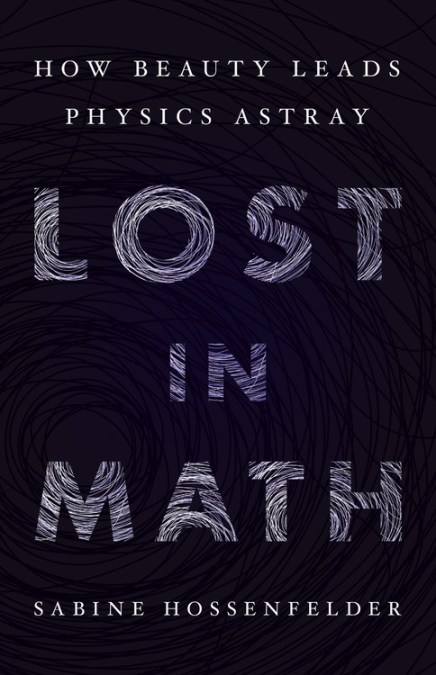
Sabine Hossenfelder, author of Lost in Math: How Beauty Leads Physics Astray, That is, a universe that is actually just a reflection of one with more dimensions.
Maybe recently developed techniques can do that, she says, but the history she recounts is not promising:
The major problem with using holographic arguments for interferometers is that you need to specify what surface you are talking about on which the information is supposedly encoded. But the moment you define the surface you are in conflict with the observer-independence of Special Relativity. That’s the issue Hogan ran into, and ultimately was not able to resolve.
Verlinde and Zurek circumvent this problem by speaking not about a volume of space and its surface, but about a volume of space-time (a “causal diamond”) and its surface. Then they calculate the amount of fluctuations that a light-ray accumulates when it travels back and forth between the two arms of the interferometer…
The authors of the paper have been very patient in explaining their idea to me, but at least so far I have not been able to sort out my confusion about this. I hope that one of their future publications will lay this out in more detail. The present paper also does not contain quantitative predictions. This too, I assume, will follow in a future publication.
But if Hogan’s null result demonstrates anything, it is that we need solid theoretical predictions to know where to search for evidence of new phenomena. In the foundations of physics, the days when “just look” was a promising strategy are over. Sabine Hossenfelder, “Is the universe a hologram? Gravitational wave interferometers may tell us.” at BackRe(Action)
It’s actually a good thing if theses in physics don’t gain currency just because they make good TED talks. That could be part of their problem.
Follow UD News at Twitter!
See also: How is the hologram universe coming?
Astrophysicist Niayesh Afshordi Explains The Holograph Universe To Suzan Mazur At Oscillations
and
“Substantial evidence” claimed for universe as a hologram